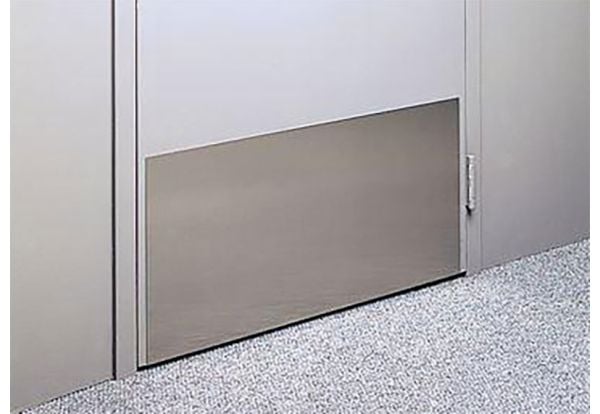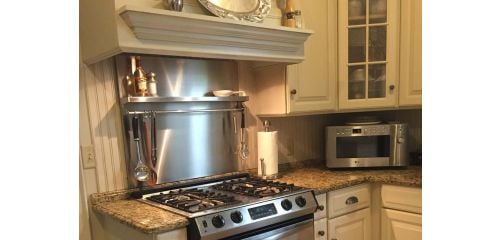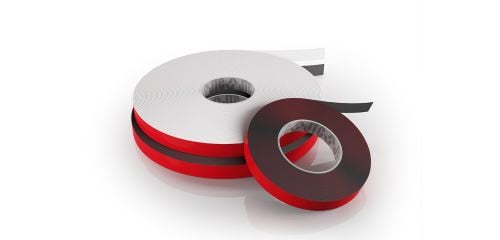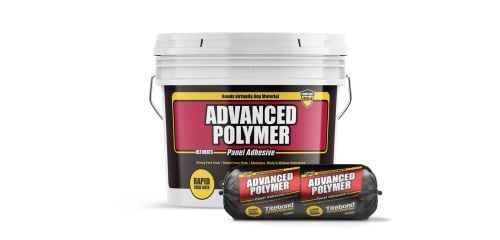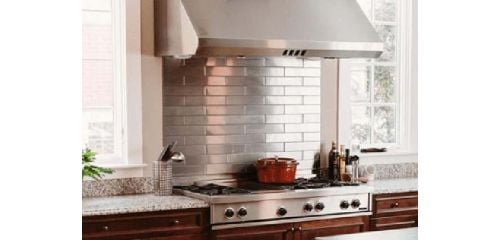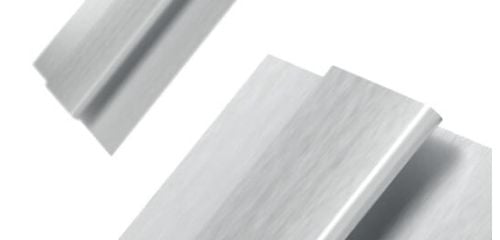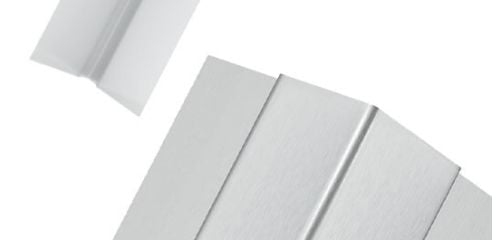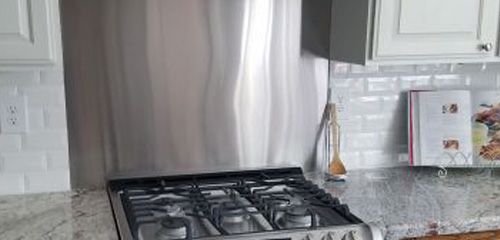
Stainless Steel Kick Plate
Configure Your Kick Plate
- Automatic Quantity Discounts
- 2 Business Day Turnaround!
- Sizes up to 48" x 60"
- Standard #4 Finish
- Charcoal Finish
Need Corner Guards?
Orders are shipped within 2 days.
- Expedited Processing Available
- Overnight Shipping Available
Kick Plate Finish Options
#4 Finish (Most Popular)
The #4 brushed is the most popular option you'll encounter when a metal kick plate is specified. It's known by multiple names and may be called out as one of the following in your spec sheets, architectural plans, etc: satin, #4 brushed, #4 polished, #4 satin finish, or maybe even nickel finish. These are all calling for the same finish. It offers a great looking product that provides excellent protection for your doors, walls, sink, desk, or anywhere really where you need to avoid expensive replacements due to kicking, hitting, bumping, etc.
#4 Brushed Charcoal Finish:
The charcoal #4 finish is a newer, high end option for the ultimate in protection and luxury. Whether you just want an accent piece or are building a high-rise in the heart of a major city, black kick plates will provide appealing door protection that is guaranteed to impress.
Kick Plate Thickness Options
20ga Kick Plate Thickness:
The 20ga kick plate thickness is for applications where you desire a cosmetic surface product, and where it will only be subject to occasional bumps and/or cleaning. It will be easier to dent than you might like, and you may even see more rippling due to surface irregularities or subpar installation procedures.
18ga Kick Plate Thickness:
The 18ga kick plate offers a more heavy duty option that is quite popular as it will hold up to more abuse, and will be more forgiving when installing than the 20ga option. The 18ga stainless steel is about as thick as a DVD (hopefully that's not an obscure reference) and is a very popular option for general purpose surface protection in schools, hospitals, offices, etc and other areas where there is plenty of foot traffic, but not so much cart traffic.
16ga Kick Plate Thickness:
The 16ga kick plates are our most heavy duty option, and we recommend these for applications where you will have a lot of cart traffic such as kitchens, warehouses, food processing facilities, correctional facilities, or where you just want the most heavy duty option you can get. Because the material is thicker we can offer countersunk holes if you would like flush mounting screws. However, the VHB tape is a pretty serious contender, and if you properly prep your surfaces (no dust, loose paint, grease, etc) the VHB tape is as good as screws and more uniform.
Mounting Options, Sizing, and Installation
How Do I Measure for a Kick Plate?
Kick plates are generally sized as rectangles or squares depending on your door. If you need a custom kick plate, we recommend measuring the door width and subtracting 2" which offers a great balance of protection and aesthetics. Keep in mind since custom plates still have to be cut, deburred, and finished, the cost per piece is higher than the standard kick plates. However, we have quantity discounts built in to ensure you receive the best price possible.
How Do I Install a Kick Plate?
Should I get the Screws or the VHB Tape?
The VHB installation tape is a permanent product that you will NEVER be able to remove, providing you prepped the surfaces correctly. This just means you cleaned the surface and remove any dust, loose paint, rust, or anything else that would impede the adhesive. We recommend using acetone to wipe down the surface. The cons to using the VHB tape is ensuring a clean surface, and maybe you have a warped door or surface; that is obviously going to pose a challenge no matter what. The bracket kit come with braces that you fasten with your mini bar clamps to ensure adequate pressure on the tape.
Installing a kick plate with screws is a more labor intensive procedure. Consider at a minimum you'll be drilling 12 holes in your installation surface, and each one needs to be placed so it doesn't push the kick plate out of alignment when the screw is run in to the surface. If you're comfortable with drilling the holes, the only major hassle is the time it takes. It really comes down to personal preference. The tape offers a clean look and the screws provide a more industrial looking installation.
Stainless Steel Surface Finishes Explained Clearly!
| Q: | What is the #4 Brushed Finish? |
| A: |
The #4 brushed finish is the most popular available today, and typically utilizes . There are various names for it including brushed, polished, satin, and sometimes even nickel finish. It's the de facto industry standard in commercial, industrial and residential applications where aesthetics and longevity are important. It's also the most consistent across batches and is easier to match when upgrading or adding to previous installations. The #4 brushed finish will never fade and is basically ageless, providing you keep it maintained. |
| Q: | What is the 2B Finish? |
| A: |
The 2B Finish is gray in color and somewhat reflective. It looks good initially, but is extremely difficult to keep pristine in applications where it will be handled and/or cleaned frequently. This has no effect on the performance or longevity of the product, but rather the aesthetics. Fingerprints, oils, and various liquids tend to stain the surface of the metal, resulting in uneven coloring and patches with different shades of gray. In addition, the 2B finish is done at the steel mill and may vary in color from batch to batch. |
| Q: | What is the BA Finish? |
| A: |
BA finish, or Bright Annealed finish is similar to a #8 mirror finish or a chrome finish. While quite uniform, the finish is done at the steel mill and may vary slightly from batch to batch of material. You'll find the BA finish on the inside of dishwashers, laundry machines, refrigerators, etc. The bright annealed finish is achieved by heating up and cooling (annealing) in a controlled environment. |
| Q: | Are Stainless Steel Surfaces Anti-Bacterial? |
| A: |
There is a common misconception about stainless steel being anti-bacterial, like copper, brass and bronze, but that is not the case. However, stainless steel is generally cost effective enough and durable enough to be cleaned and/or sterilized frequently without breaking down the surface or material. This is the reason for its popularity in everything from surgical instruments to restaurants. If it isn't destroyed by carelessness, including denting, abrading, drilling holes, etc, stainless steel will provide one of the longest-lasting and best looking finish options available. |

